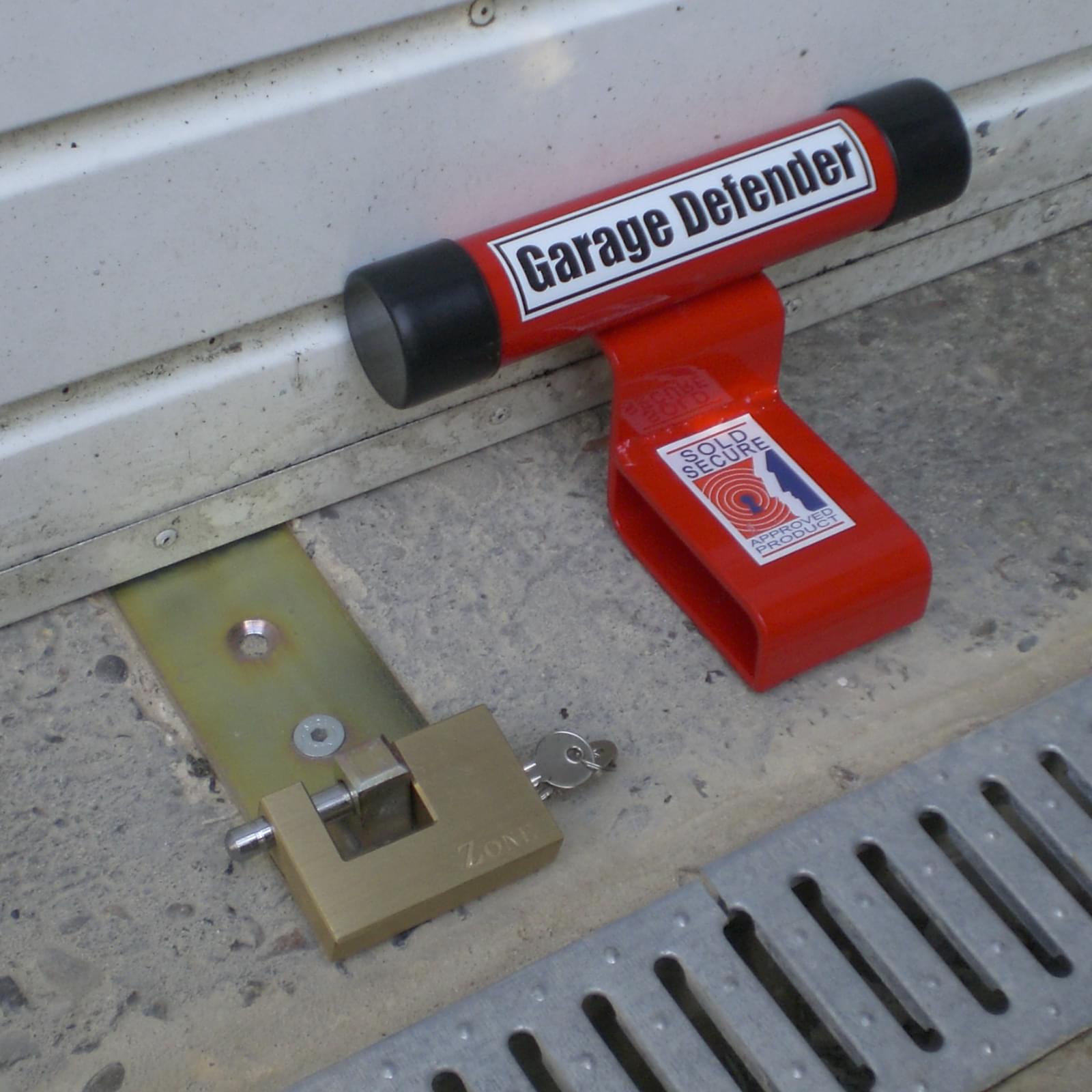

Articles
How To Lock A Garage Door
Modified: March 25, 2024
Learn the best techniques and articles on how to lock a garage door securely. Protect your belongings and ensure the safety of your home with our helpful guides.
(Many of the links in this article redirect to a specific reviewed product. Your purchase of these products through affiliate links helps to generate commission for Storables.com, at no extra cost. Learn more)
Introduction
Welcome to our comprehensive guide on how to lock a garage door. Your garage is an important part of your home, providing not only shelter for your vehicles but also serving as a storage space for valuable items. Therefore, it’s crucial to ensure that your garage is secure and protected against potential burglaries or unauthorized access.
In this article, we will walk you through the steps to effectively lock your garage door, providing you with peace of mind and enhancing the security of your property. From choosing the right locking mechanism to implementing additional security measures, we will cover everything you need to know to safeguard your garage.
Securing your garage not only prevents theft but also acts as a deterrent, making your property less attractive to potential intruders. By following the steps outlined in this guide, you will be better equipped to protect your belongings and maintain the safety of your home.
It’s important to note that while the methods described in this article are effective, they may vary depending on the type and style of your garage door. It’s always recommended to consult with a professional or follow the manufacturer’s guidelines to ensure proper installation and usage of any locking mechanisms.
Now, let’s dive into the step-by-step process of securing your garage door and keeping your property safe from intruders.
Key Takeaways:
- Enhance your garage security by choosing the right locking mechanism, installing deadbolt locks, reinforcing the doorframe, and implementing additional measures. Create a comprehensive security system to protect your belongings and maintain peace of mind.
- Consider upgrading to a smart garage door opener, installing security cameras, and integrating with a smart home system for added convenience and security. Stay proactive, vigilant, and adapt to evolving threats to ensure ongoing safety.
Read more: How To Lock The Garage Door
Step 1: Choose the Right Locking Mechanism
The first step in effectively securing your garage door is selecting the right locking mechanism. There are a variety of options available, each with its own level of security and ease of use. Let’s explore some of the most common choices:
- T-handle lock: This type of lock is often found on manual garage doors. It consists of a handle and a key-operated lock mechanism. When engaged, the T-handle lock secures the door in place, preventing it from being lifted or opened from the outside. This is a popular choice for those looking for a simple and affordable locking solution.
- Deadbolt lock: Deadbolt locks provide a higher level of security and are commonly used on both manual and automatic garage doors. These locks are typically installed on the inside of the garage door and require a key to engage or disengage the lock. Deadbolt locks offer added protection by preventing the door from being forcefully opened.
- Garage door opener lock: Most modern garage doors are equipped with an automatic opener system. These systems often include a built-in locking feature that engages when the door is closed. This lock can be activated through a button or keypad on the opener system. It’s important to consult the manufacturer’s instructions to learn how to properly engage and disengage this lock.
When choosing a locking mechanism, consider factors such as convenience, security level, and compatibility with your garage door. Take into account the specific needs of your household and the level of security you desire.
It’s also worth noting that some garage door locks can be installed as a DIY project, while others may require professional assistance. If you’re uncertain about the installation process or want to ensure proper functionality, it’s best to consult with a professional locksmith or garage door technician.
Once you’ve chosen the right locking mechanism, proceed to the next step: installing deadbolt locks on your garage door.
Step 2: Install Deadbolt Locks on the Garage Door
Installing deadbolt locks on your garage door is an effective way to enhance its security. Deadbolt locks offer a higher level of protection by preventing the door from being forced open. Follow these steps to install deadbolt locks on your garage door:
- Measure and mark the location: Determine where you want to install the deadbolt locks on your garage door. Typically, deadbolts are installed on the inside of the door, near the center. Use a tape measure to ensure accurate placement.
- Prepare the door: Before installation, clean the area where the deadbolt locks will be installed. Remove any dirt, debris, or old paint to ensure a clean surface.
- Drill pilot holes: Use a drill with a small drill bit to create pilot holes for the screws. These holes will guide the screws during installation and help prevent the wood from splitting.
- Install the locks: Position the deadbolt lock on the door, aligning it with the pilot holes. Insert the screws and tighten them securely using a screwdriver or drill. Repeat the process for each deadbolt lock you are installing.
- Test the locks: After installation, test the deadbolt locks to ensure they are working correctly. Engage and disengage the locks using the key to ensure smooth operation.
Deadbolt locks provide an additional layer of security to your garage door, making it more resistant to unauthorized access. They are particularly useful for manual garage doors or as supplementary locks for automatic doors.
Remember to securely store the keys to your deadbolt locks in a safe location. Avoid hiding spare keys near the garage as this can be a potential security risk. Instead, consider utilizing a key lockbox or entrust a spare key to a trusted neighbor or family member.
Now that you’ve installed deadbolt locks on your garage door, it’s time to reinforce the doorframe for added security. Proceed to the next step to learn more.
Step 3: Reinforce the Doorframe
Reinforcing the doorframe of your garage door is an essential step in ensuring its security. A strong and sturdy doorframe makes it more difficult for intruders to force their way into your garage. Follow these steps to reinforce the doorframe:
- Inspect the current doorframe: Take a close look at the doorframe of your garage door. Check for any signs of damage, such as cracks, rot, or decay. If you notice any issues, repair or replace the damaged parts before proceeding.
- Install metal plates: Metal plates can be used to strengthen the doorframe and make it more resistant to forced entry. Measure the width and height of the doorframe and cut metal plates to fit. Secure the plates to the frame using screws or bolts. Place them on the latch side and hinge side of the doorframe for maximum reinforcement.
- Add a door strike plate: A door strike plate reinforces the area where the deadbolt lock engages with the doorframe. Align the strike plate with the deadbolt lock and mark the screw holes. Drill pilot holes and attach the strike plate using screws. Ensure that the strike plate is securely fastened to the doorframe.
- Install security hinges: Replace the existing hinges on your garage door with security hinges. These hinges have longer screws and are designed to provide extra stability. Remove the old hinges, align the security hinges, and screw them into place. Make sure they are tightly attached to both the door and the doorframe.
Reinforcing the doorframe adds an extra layer of protection to your garage door and makes it more resilient against break-ins. It strengthens the weak points and reduces the risk of the door being kicked in or forced open.
Regularly inspect the doorframe for any signs of damage or wear and tear. Address any issues promptly to maintain the security of your garage. Additionally, remember to keep the area around the door clear of clutter and debris to ensure easy access and prevent any obstructions that could compromise the door’s functionality.
Now that you have reinforced the doorframe, it’s time to move on to the next step: installing a security bar for additional security.
Step 4: Install a Security Bar
Installing a security bar on your garage door is an effective way to add an extra layer of protection against unauthorized entry. A security bar reinforces the door and prevents it from being forced open. Here’s how you can install a security bar:
- Measure the width of your garage door: Use a tape measure to determine the width of your garage door. This will help you choose a security bar that fits properly.
- Select a security bar: Look for a heavy-duty security bar specifically designed for garage doors. These bars are typically adjustable and made of durable materials like steel.
- Position the security bar: Place the security bar horizontally across the middle of the garage door. The bar should extend from one side of the door to the other.
- Adjust the length: Adjust the length of the security bar to fit snugly between the door and the door frame. Most security bars have a telescopic design, allowing you to customize the length to your specific door dimensions.
- Secure the security bar: Once the security bar is at the desired length, secure it in place by tightening the locking mechanism. This will ensure that the bar remains firmly positioned and prevents the door from being raised.
A security bar acts as a physical barrier, making it challenging for intruders to gain access to your garage. It adds an extra layer of protection in combination with other locking mechanisms, reinforcing the security of your garage door.
Make sure to engage the security bar whenever the garage door is not in use, especially when you’re away from home for an extended period. Regularly check the bar for any signs of wear and tear, and replace it if necessary to maintain its effectiveness.
With a security bar installed, you have significantly increased the security of your garage door. However, to further enhance your garage’s security, consider implementing security cameras. This will be discussed in the next step.
Always remember to engage the manual lock on your garage door before leaving the house. This provides an extra layer of security and prevents the door from being easily forced open.
Read more: How To Change A Garage Door Lock
Step 5: Install Security Cameras
Installing security cameras in your garage provides an additional layer of protection by monitoring and recording any suspicious activities or attempted break-ins. Here’s how you can install security cameras in your garage:
- Choose camera locations: Determine the areas of your garage that you want to monitor. Consider placing cameras near entry points, such as doors and windows, as well as any other areas of concern.
- Select the right cameras: Choose security cameras that are suitable for garage use. Look for features such as high-resolution video, night vision, motion detection, and weatherproofing to ensure optimal performance.
- Position the cameras: Mount the cameras in the selected locations using the manufacturer’s instructions. Ensure they have a clear view of the targeted areas and are securely fastened to prevent tampering or theft.
- Connect the cameras: Depending on the camera type, connect them either wirelessly to your home’s Wi-Fi network or via wired connections. Follow the provided instructions to complete the setup process.
- Configure the camera settings: Access the camera’s control panel or mobile app to adjust the camera settings, such as motion sensitivity, recording options, and notifications. Set up a secure password to protect unauthorized access.
- Test the cameras: Verify that the cameras are functioning properly by testing the live video stream and ensuring the recorded footage is being stored correctly. Adjust camera angles or settings as needed.
Security cameras act as a deterrent to potential intruders and provide valuable evidence in case of any incidents or attempted break-ins. They offer peace of mind by allowing you to monitor your garage remotely and receive notifications of any unusual activities.
Remember to regularly review the camera footage and delete any unnecessary recordings to free up storage space. Additionally, ensure that the cameras are kept clean and free from dirt or debris that may obstruct the view.
Now that you have installed security cameras in your garage, let’s move on to the next step: upgrading to a smart garage door opener for added convenience and security.
Step 6: Upgrade to a Smart Garage Door Opener
Upgrading to a smart garage door opener not only adds convenience to your everyday life but also enhances the security of your garage. With a smart opener, you can remotely control and monitor your garage door using your smartphone or other smart devices. Here’s how you can upgrade to a smart garage door opener:
- Check compatibility: Before purchasing a smart garage door opener, ensure that it is compatible with your existing garage door system. Review the manufacturer’s specifications and compatibility requirements.
- Purchase the smart opener: Select a smart garage door opener that suits your needs and budget. Look for features such as remote access, real-time notifications, and integration with popular smart home platforms.
- Prepare for installation: Disconnect the power to your garage door opener system and remove any existing wall-mounted control panels or remotes. Follow electrical safety precautions and consult the manufacturer’s instructions.
- Install the smart opener: Follow the provided installation instructions to connect and mount the smart garage door opener. Ensure that the wiring is properly connected and secure the opener in place.
- Connect the opener to Wi-Fi: Configure the smart opener to connect to your home’s Wi-Fi network. This will enable remote access and control through a dedicated mobile app or compatible smart home devices.
- Configure settings and preferences: Use the mobile app or control panel to set up preferences such as automatic door closing, personalized user access, and notification settings. Customize the settings to fit your specific requirements.
- Test functionality: Once the smart garage door opener is installed and connected, test its functionality. Open and close the garage door using the mobile app or smart device to ensure that the commands are executed properly.
A smart garage door opener offers convenience by allowing you to remotely control and monitor your garage door from anywhere. With real-time notifications, you can receive alerts whenever the door is opened or closed, enhancing the security of your garage.
Ensure that you keep the smart garage door opener app or device secure by using strong passwords and enabling two-factor authentication if available. Regularly update the app and firmware to keep up with security patches and enhancements.
By upgrading to a smart garage door opener, you have taken a significant step towards enhancing the security and convenience of your garage. In the final step, we will discuss additional security measures to consider implementing for added protection.
Step 7: Implement Additional Security Measures
In addition to the previous steps, there are several additional security measures you can implement to further protect your garage and enhance its security. Consider the following suggestions:
- Motion sensor lights: Install motion sensor lights around the perimeter of your garage. These lights automatically illuminate when motion is detected, discouraging potential intruders and increasing visibility.
- Security signage: Place visible signs or stickers indicating that your garage is protected by a security system. This can act as a deterrent and make potential intruders think twice before attempting to break in.
- Secure windows: If your garage has windows, reinforce them with security film or install window bars to prevent unauthorized access.
- Garage door maintenance: Regularly inspect and maintain your garage door to ensure it’s in good working condition. Lubricate the moving parts, check for loose hinges or springs, and promptly address any repairs or issues.
- Smart home integration: Integrate your smart garage door opener with your home security system. This allows for seamless integration and control, enabling you to monitor and control your entire home’s security from a centralized platform.
- Neighborhood watch: Collaborate with your neighbors and establish a neighborhood watch program. Look out for each other’s properties, report any suspicious activities, and work together to maintain a safe community.
- Regular monitoring: Continuously monitor your garage for any signs of tampering or attempted break-ins. Regularly review your security camera footage and stay vigilant to maintain the security of your property.
By implementing these additional security measures, you go the extra mile to protect your garage and deter potential intruders. Remember, a layered approach to security is often the most effective.
Ultimately, the level of security you choose for your garage will depend on your specific needs and budget. Assess the risks, evaluate the available options, and take proactive steps to safeguard your garage and its contents.
With these steps completed, you have successfully enhanced the security of your garage. By choosing the right locking mechanisms, reinforcing the doorframe, installing security cameras, and implementing additional measures, you can enjoy peace of mind knowing that your garage is well-protected.
Remember to regularly assess and update your garage’s security measures as needed to stay ahead of potential threats and ensure the ongoing safety of your property.
Thank you for following our comprehensive guide on how to lock a garage door. We hope you find these steps helpful in securing your garage and protecting your home. Stay safe and secure!
Conclusion
Securing your garage is of utmost importance to protect your valuable possessions and maintain the safety of your home. By following the steps outlined in this guide, you can effectively lock your garage door and enhance its security.
From choosing the right locking mechanism to installing deadbolt locks, reinforcing the doorframe, installing security cameras, upgrading to a smart garage door opener, and implementing additional security measures, each step plays a vital role in safeguarding your garage.
Remember to consider the specific needs of your household, the type of garage door you have, and consult with professionals or follow manufacturer guidelines as necessary. It’s essential to strike a balance between convenience and security when selecting and implementing the various security measures.
By combining multiple layers of security, such as robust locks, reinforced doorframes, surveillance cameras, and smart home integration, you create a comprehensive security system that acts as a deterrent and provides early detection of any suspicious activities in and around your garage.
Regularly inspect, maintain, and update your garage’s security measures to adapt to evolving threats. Stay informed about the latest advancements in garage security technology and implement them as appropriate for your needs.
Remember that effective security not only relies on physical measures but also on being proactive and vigilant. Keep an eye out for any signs of tampering or attempted break-ins, trust your instincts, and report any suspicious activities to local authorities.
By taking the necessary steps to secure your garage, you not only protect your belongings but also create a sense of safety and peace of mind for you and your loved ones. So, invest the time and effort to lock your garage properly, and enjoy the added security for years to come.
Thank you for following our comprehensive guide on how to lock a garage door. We hope this article has provided you with valuable insights and practical steps to enhance the security of your garage. Stay safe and secure!
Frequently Asked Questions about How To Lock A Garage Door
Was this page helpful?
At Storables.com, we guarantee accurate and reliable information. Our content, validated by Expert Board Contributors, is crafted following stringent Editorial Policies. We're committed to providing you with well-researched, expert-backed insights for all your informational needs.
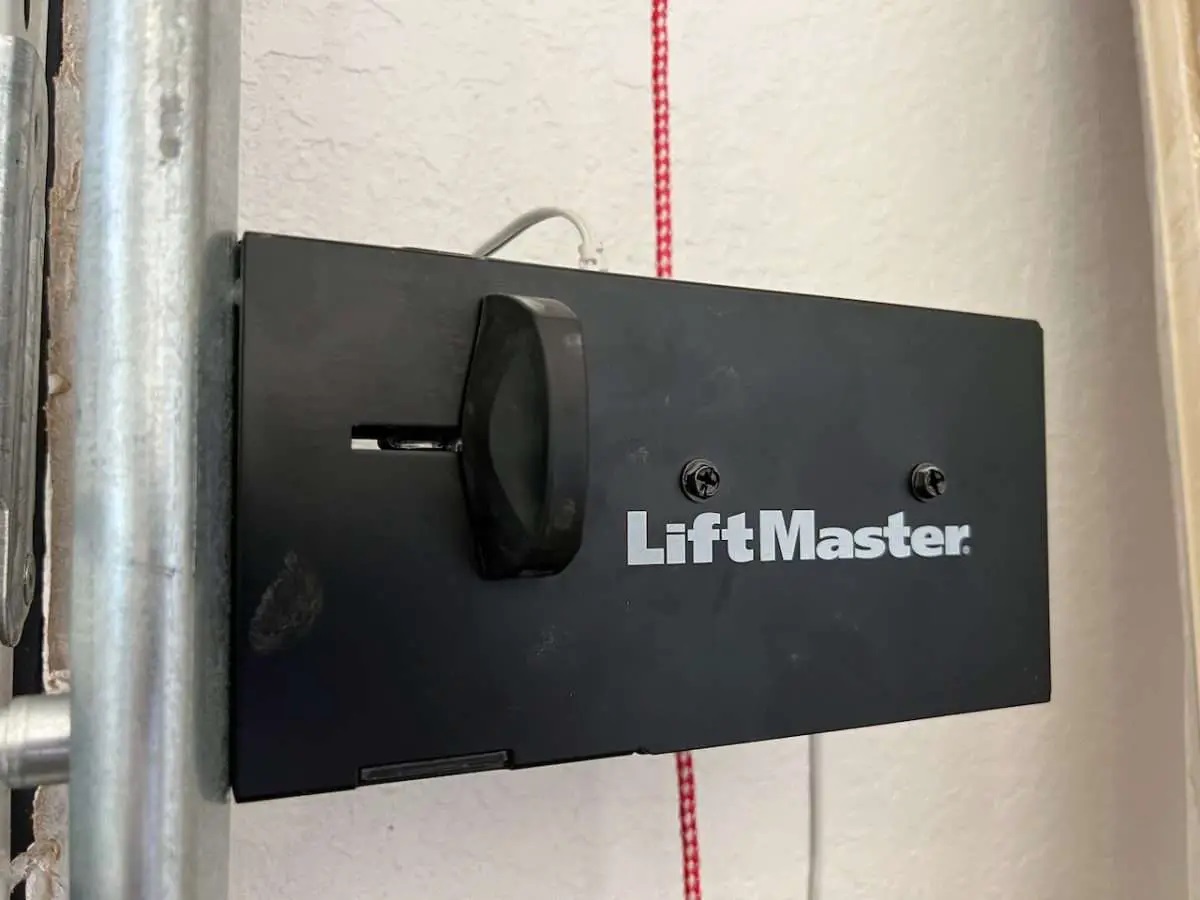
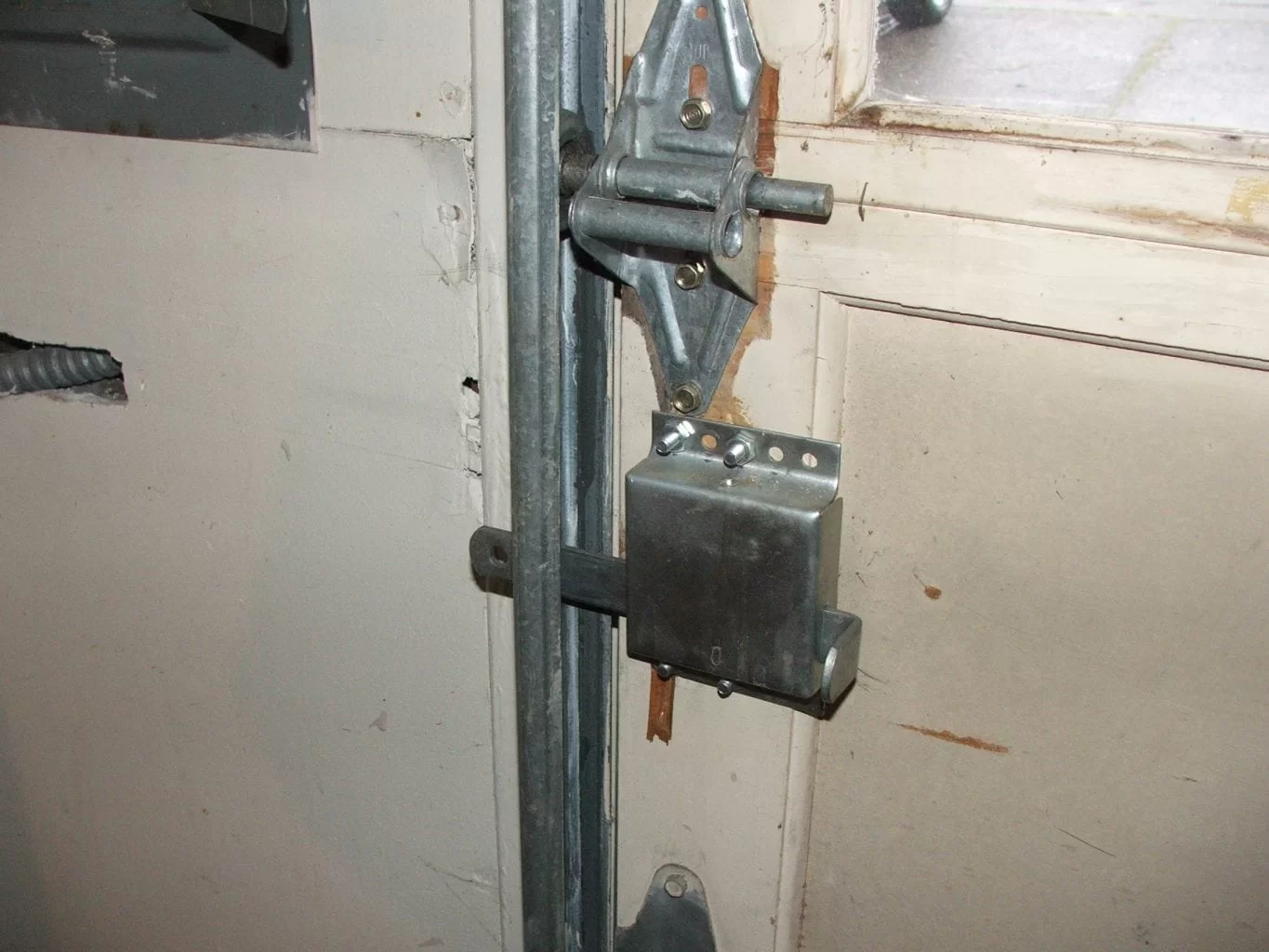
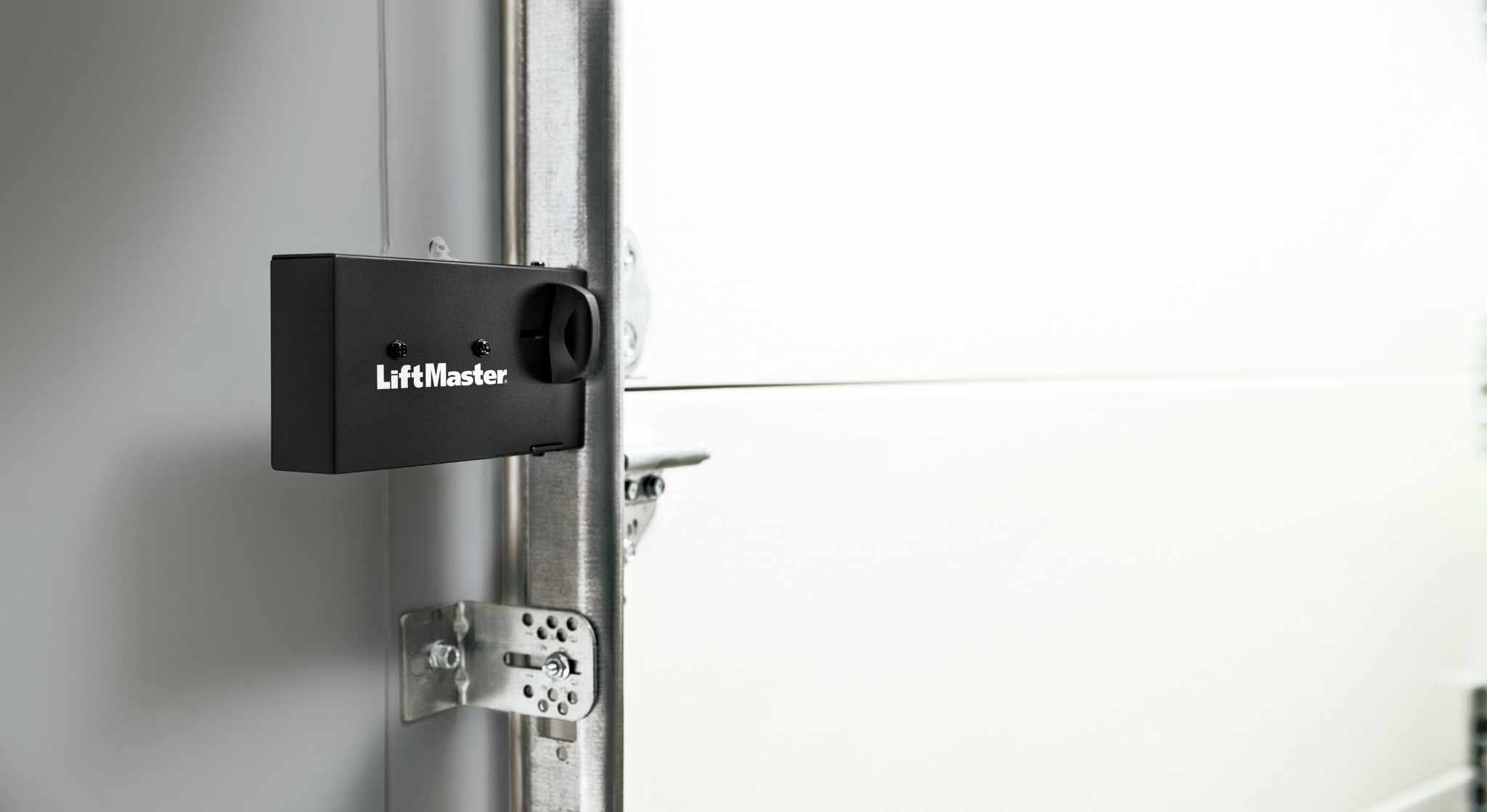
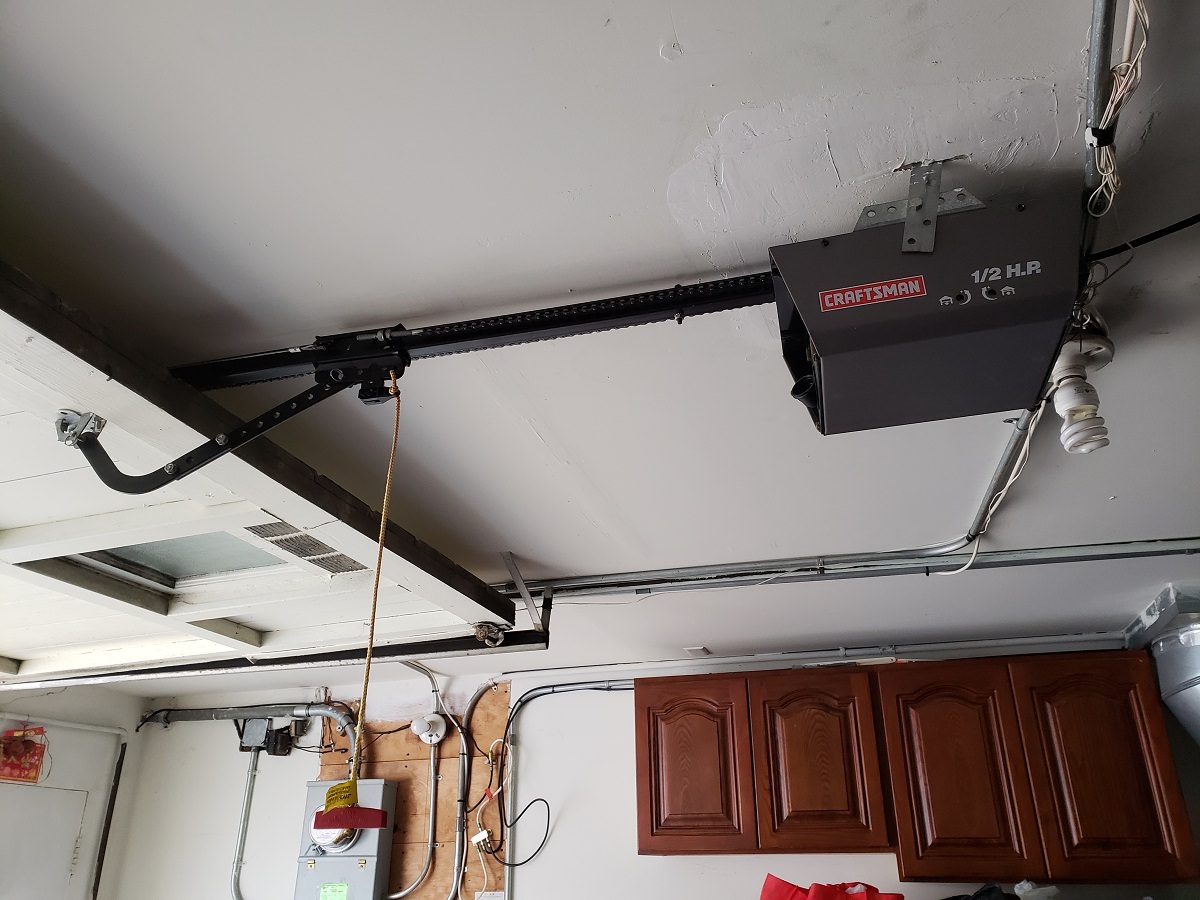
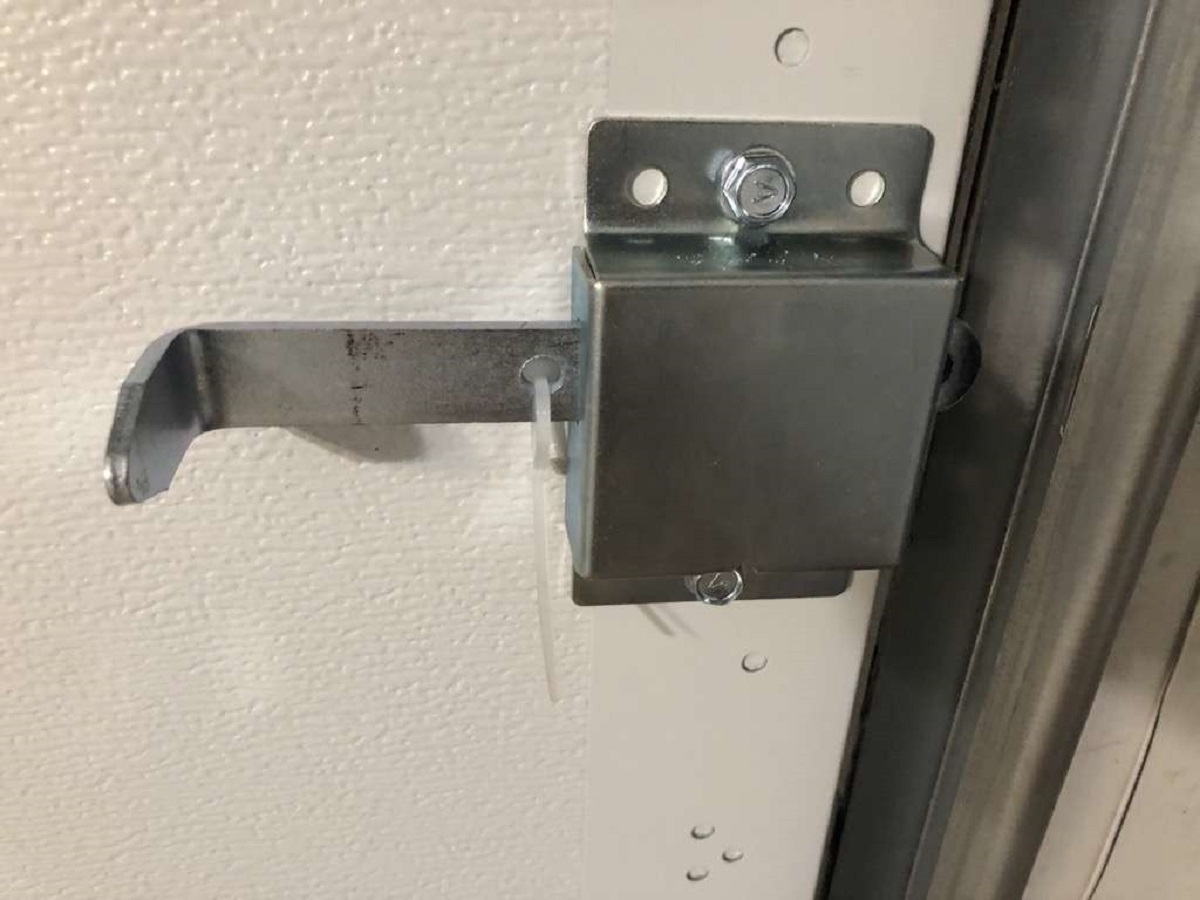
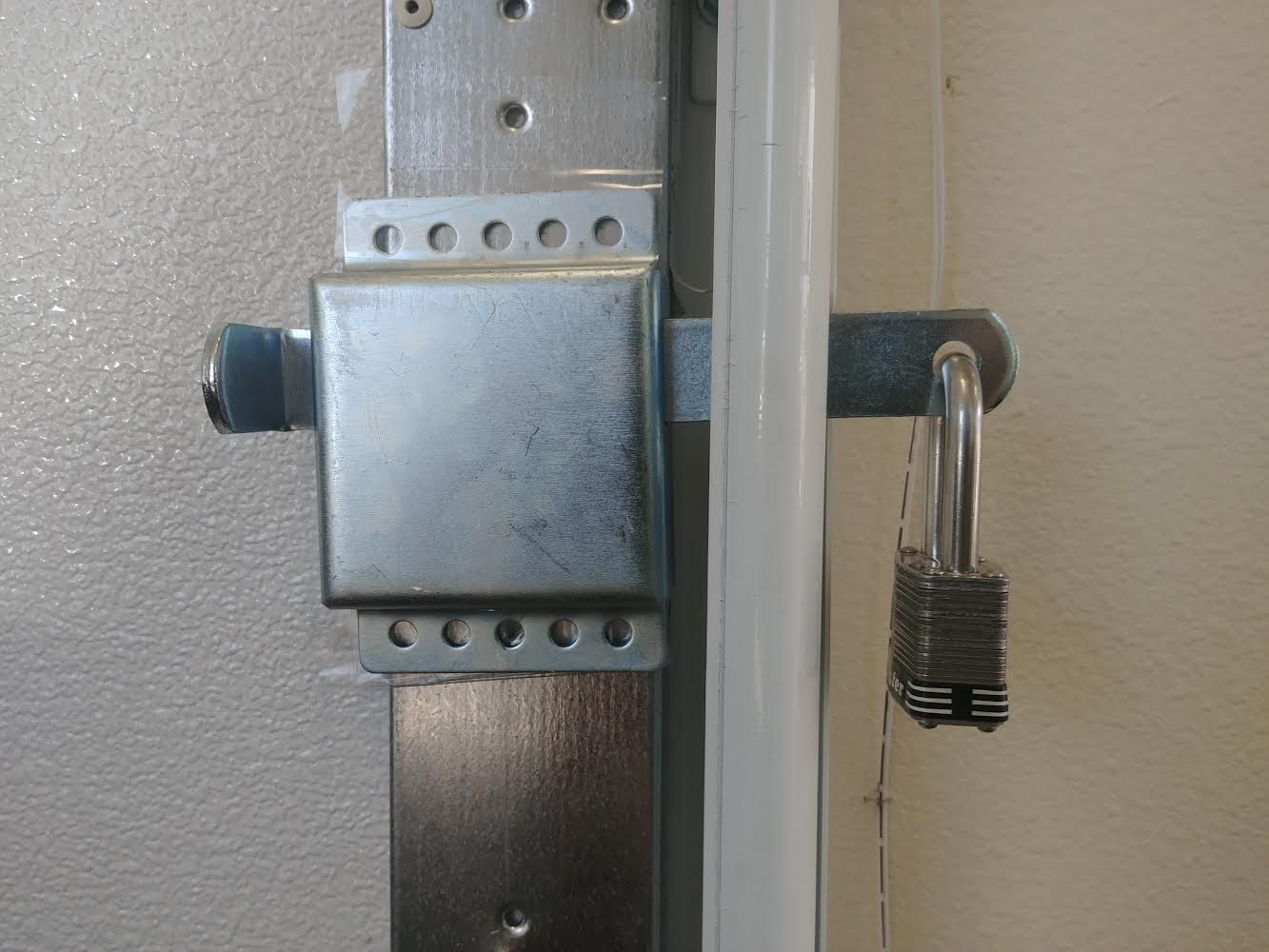
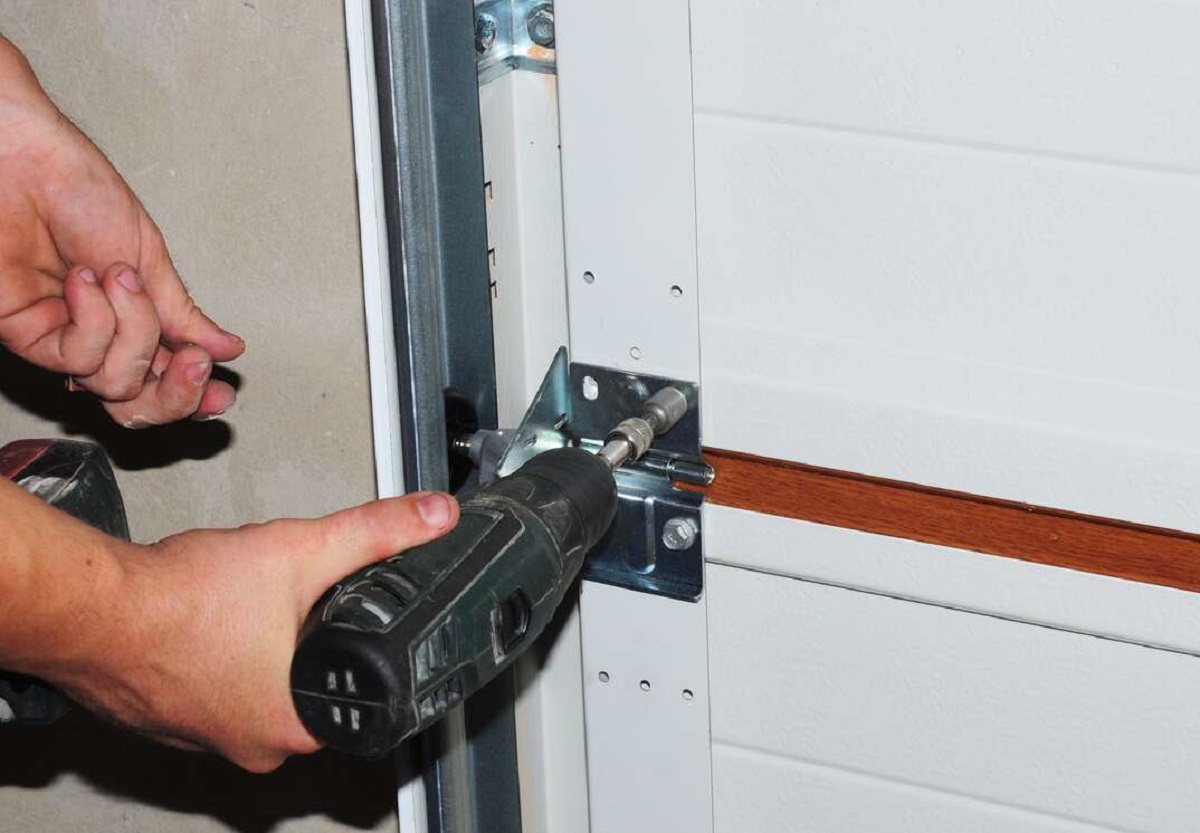
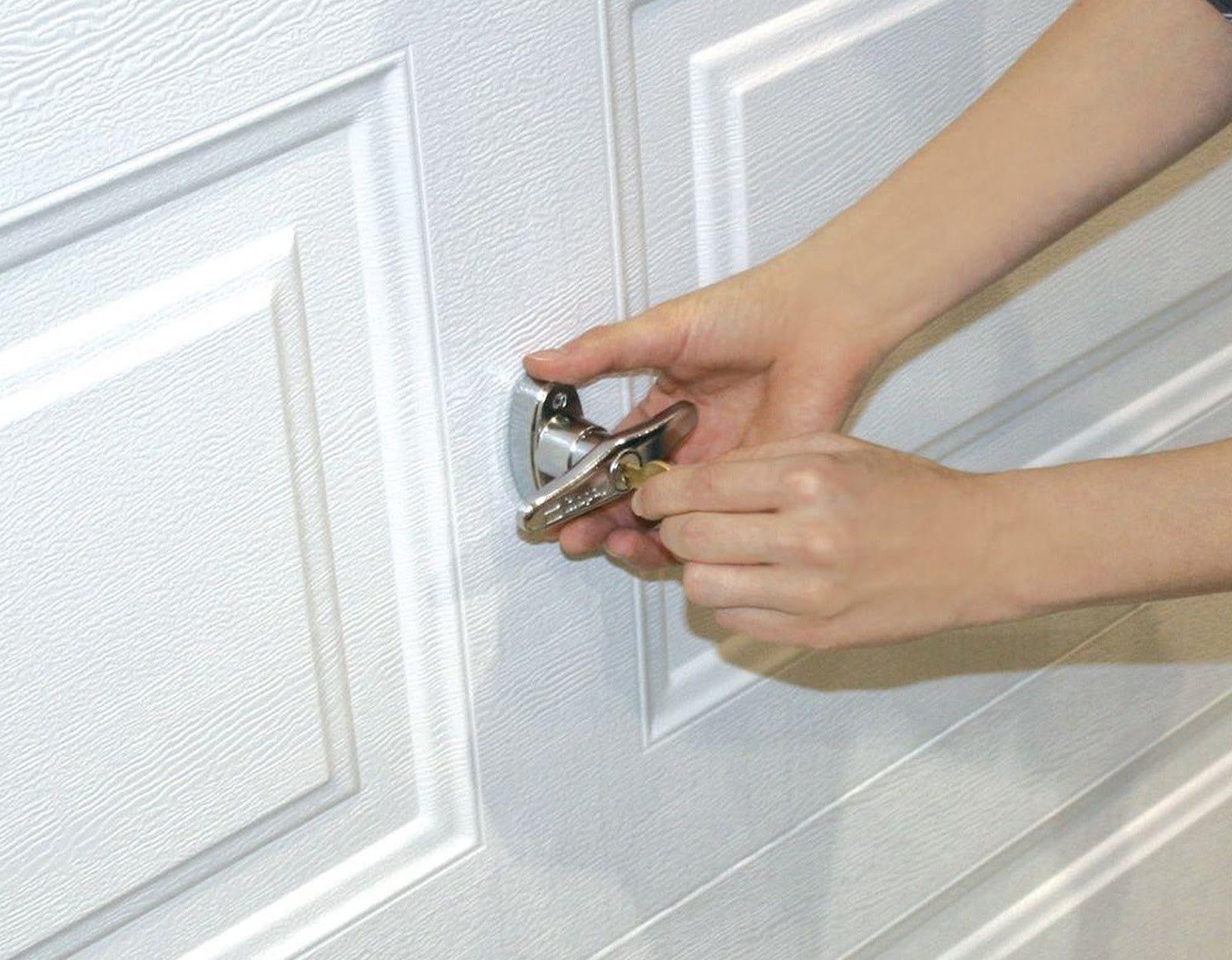
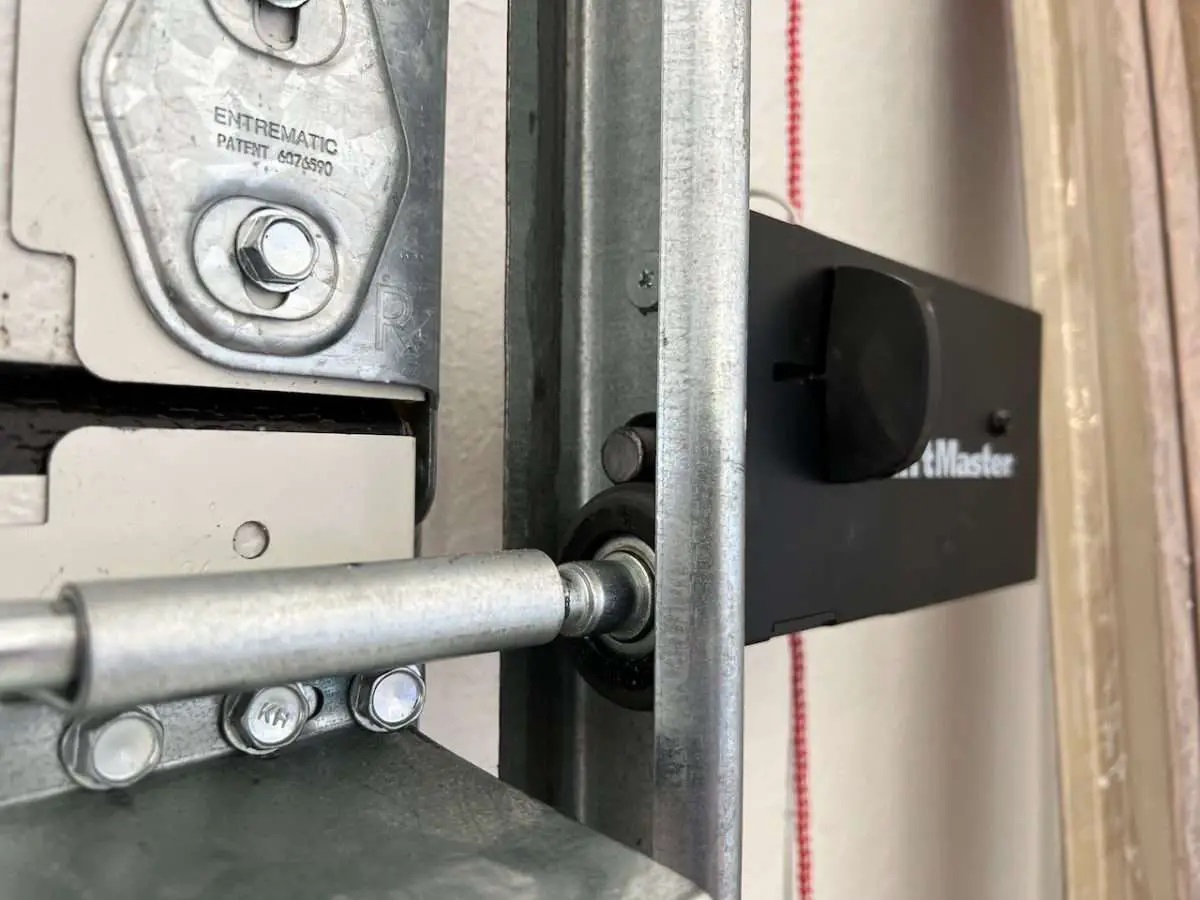
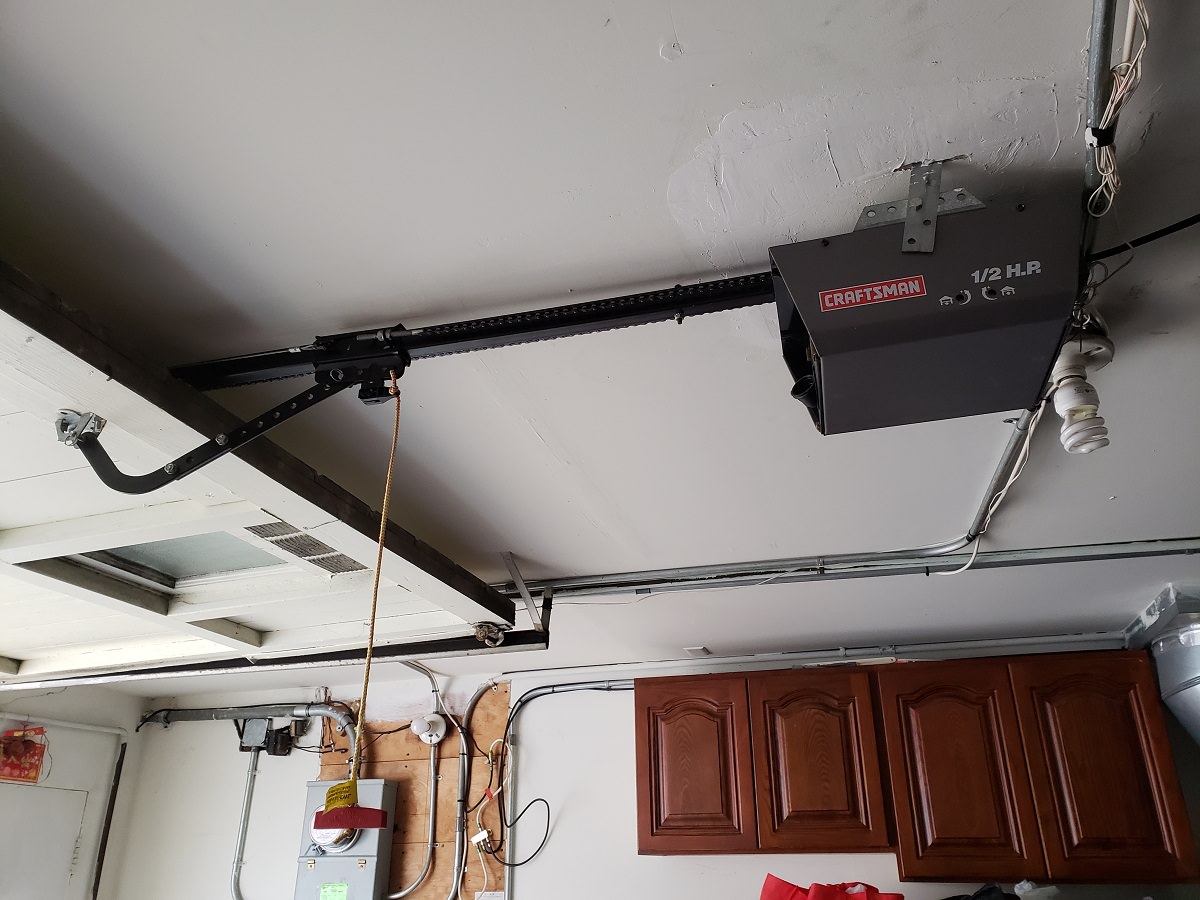
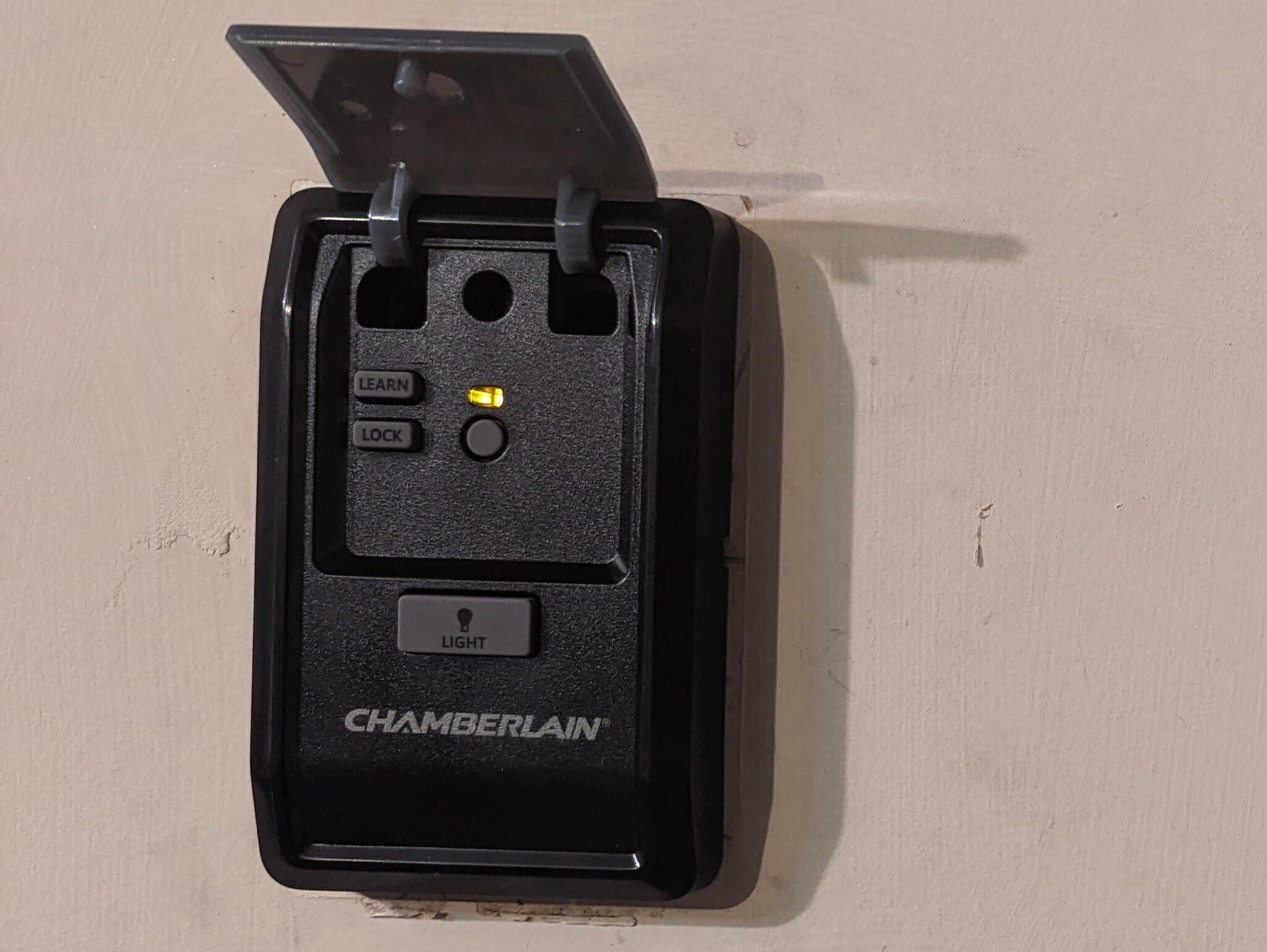
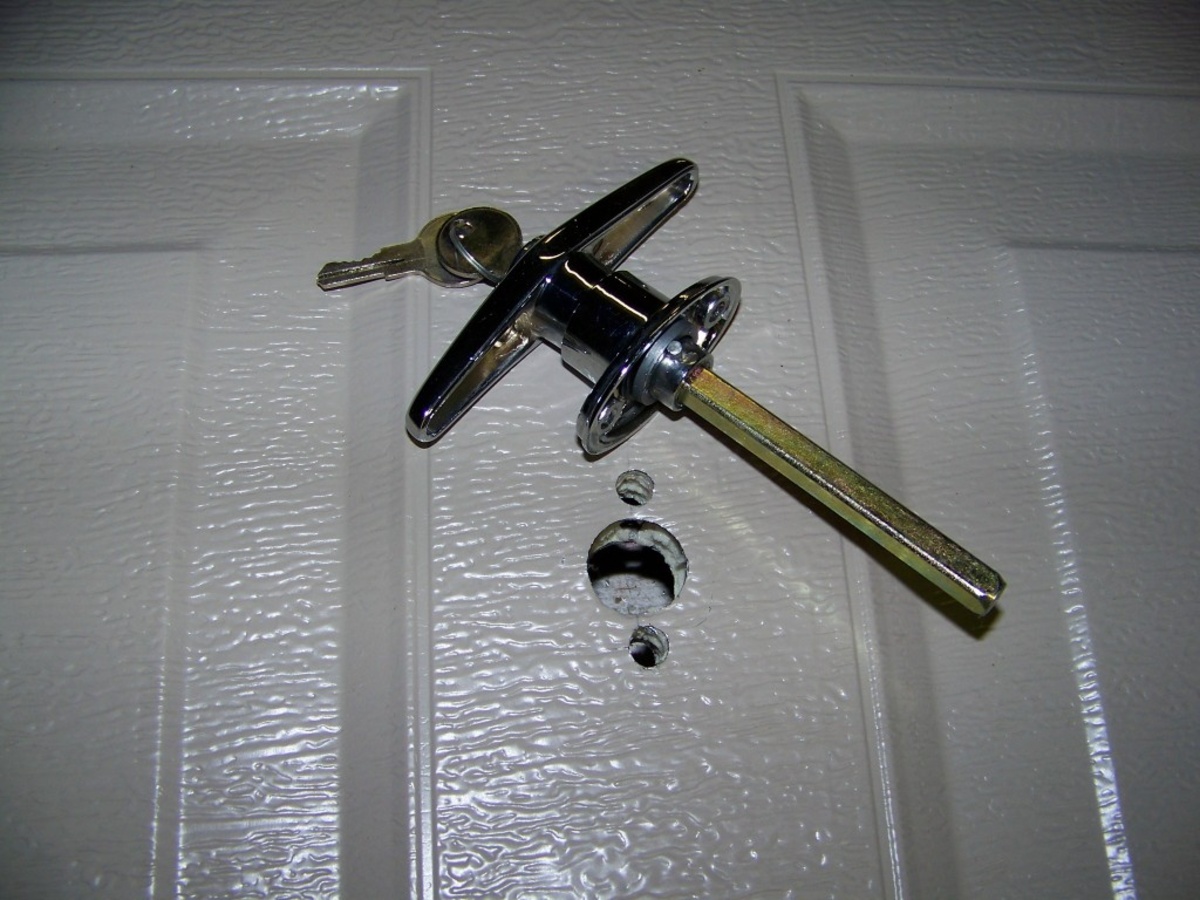
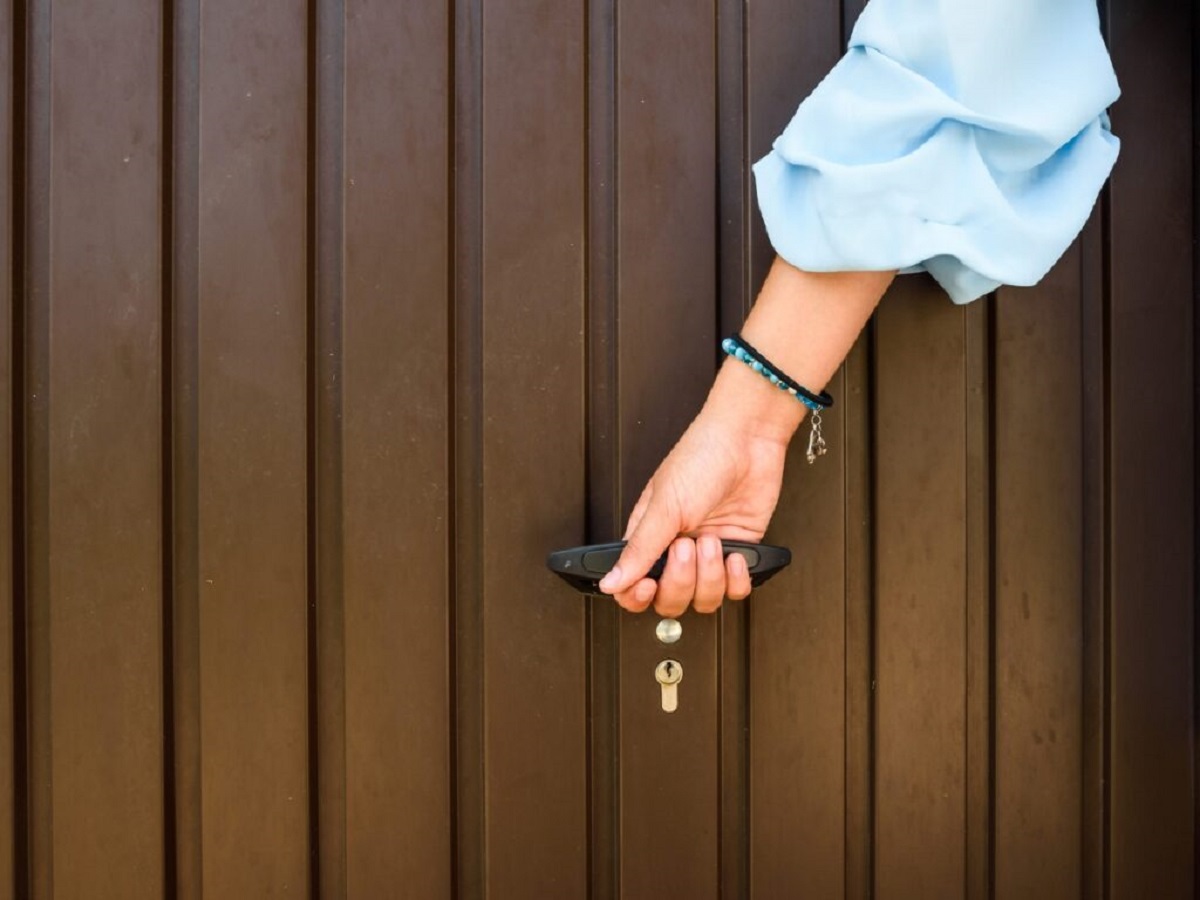
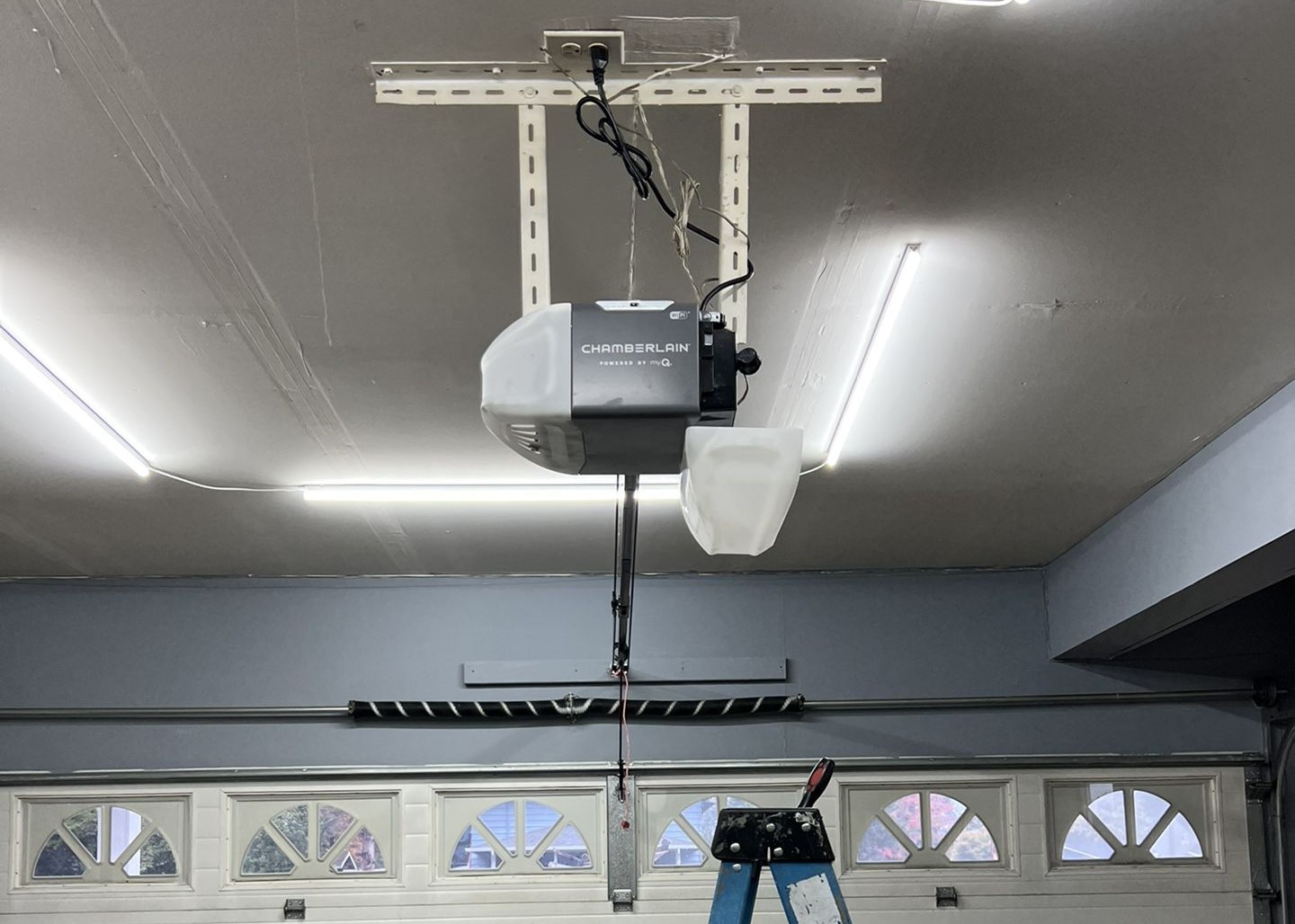

0 thoughts on “How To Lock A Garage Door”